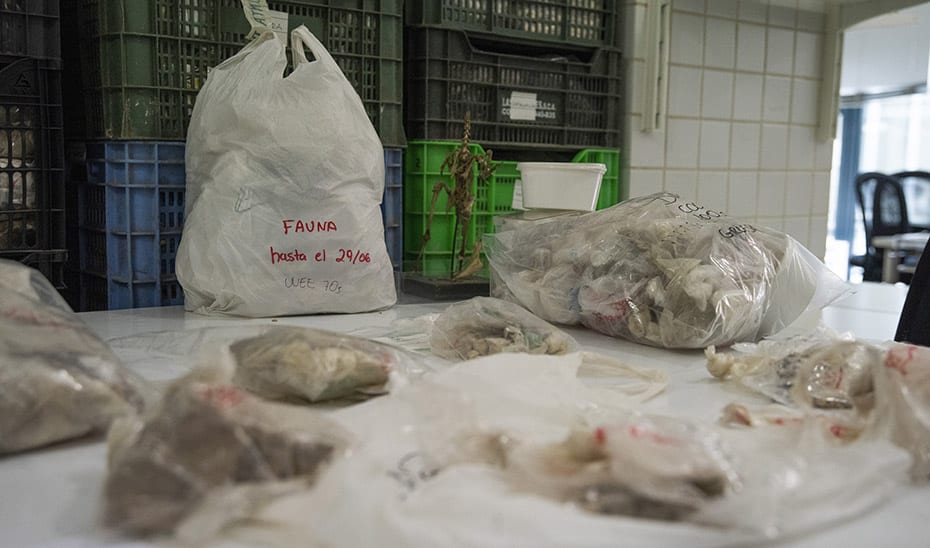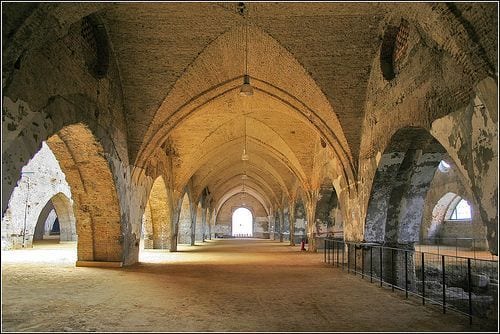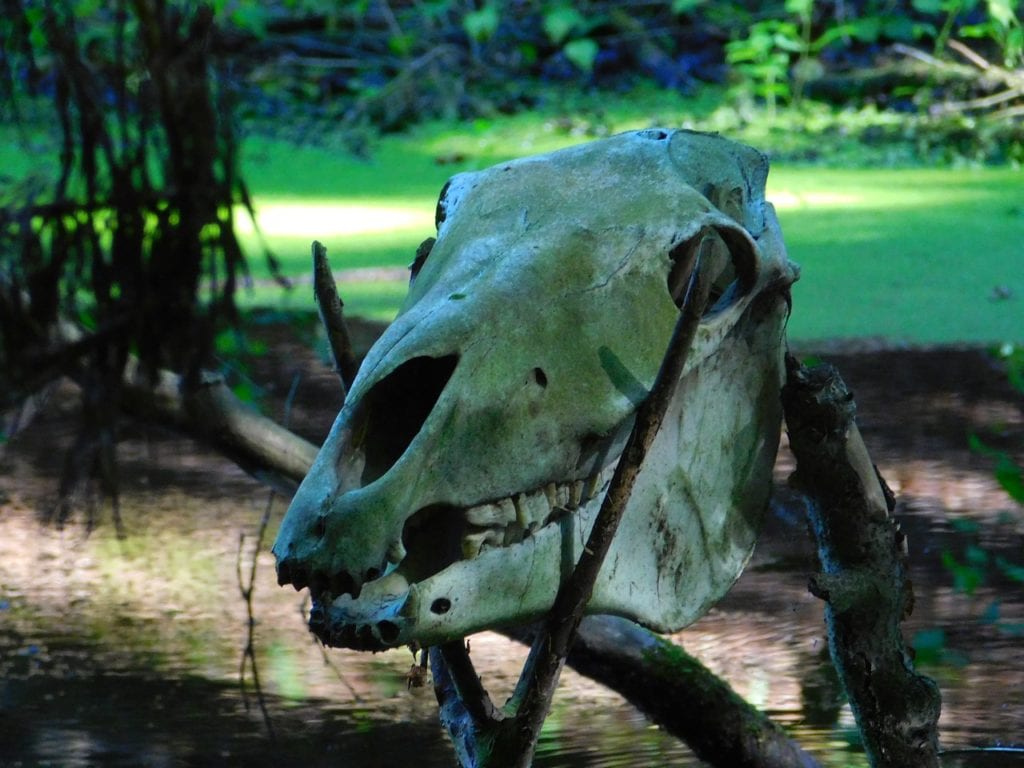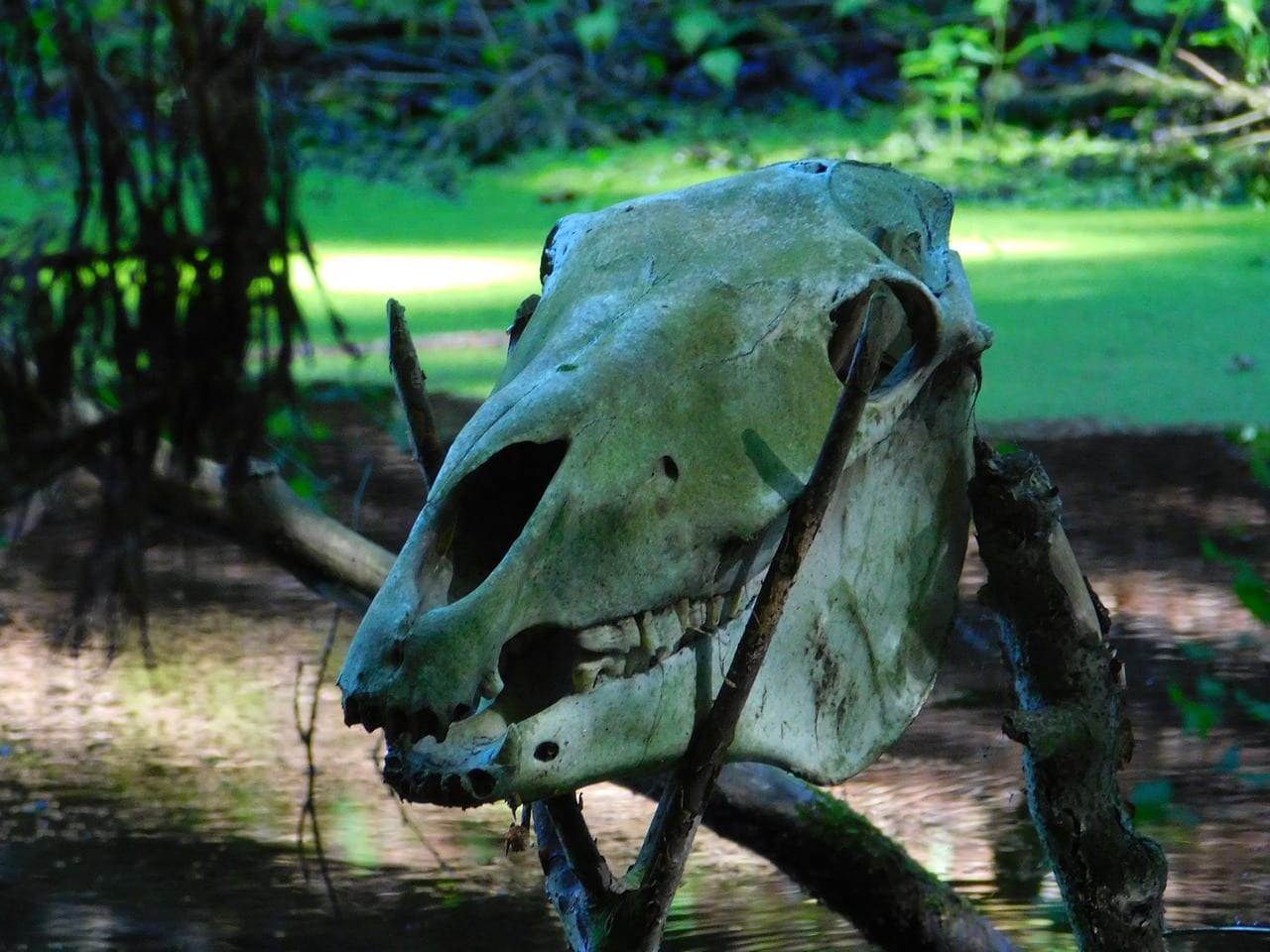If you haven't stopped to think that your food waste Now may be the discoveries of tomorrow, we invite you to reflect on it. Because that is exactly what is investigating a field that is always linked to human bone remains, mainly. But what about food? Didn't our ancestors leave traces of what they consumed every day? The answer is yes and, actually, thanks to the so-called pale rubbish, archaeologists have been able to find out some very curious data. The latest find takes us back to the XNUMXth and XNUMXth centuries, specifically to Sevilla. Here we reveal more details.
Digging up old consumptions
In the archeology, the human traces that are found under the ground -in the sites and excavations where people work with meticulous care- usually reveal customs or uses of the past. But also food consumption, since many products take many, many years to disappear completely. While others leave no trace after a while, some remain hidden there. Waiting to be found by experts like those of the Andalusian Institute of Historical Heritage (IAPH). Inside his Laboratory of Paleontology and Paleobiology, a recent discovery has revealed what the yesteryear menu of the Sevillians.

The surprise regarding what they ate has been such that it is worth presenting the results in this text and talking a little about that pale rubbish so revealing. Eloisa Bernaldez, responsible for the aforementioned area of the IAPH, defines this word as "a black box of nature" from which interesting conclusions can be drawn. Although there are important limitations, since only around the 5% of all the waste they can be dug up. The remaining majority did not, but because of their decomposition, not because people did not eat those foods. Therefore, it is impossible to register with certainty the exact diet of the ancestors.

"If we analyzed our garbage cans in time, there would be no trace of bread or potatoes, we could find bones or fish bones," exemplifies the doctor in Biology. In this way, but with the findings of the present time on deposits of centuries ago have been found some «secrets»That should be described. Before, we must highlight the great work they have been doing in the Bernáldez department. International recognitions and studies that have been published in journals of prestige they say a lot about its importance.
Secrets of pale rubbish in Seville: dogs!
Although there may be other examples of pale rubbish in Spain, archaeological excavations in the Royal Shipyards of Sevilla they have facilitated the removal of accumulations of waste. They date from among thirteenth centuries y XVIII, a long period of time in which there were houses, fishmongers and even a jail in that area. "Reconstructing life" of that time has been the objective of the research team, which has worked on the land where food remains were left. And what have they discovered?

The secrets of that pale rubbish point to the consumption of oysters as "daily food, common for the humble classes because of its low price." However, this resulted in a significant slowdown in the development of the mollusk, which is much smaller in size than other areas of Europe. With the growth of the consuming population, the demand for this delicacy led him to suffer from this circumstance.
However, the great surprise of the findings falls on large dog jaw fragments in which knife cuts are observed. A very revealing sign. As in remnants of cats found. Both could have been part of the menu, at least until turkey meat was introduced, after the discovery of America.

Muslims eating pork?
Another astonishing inquiry could link the pork consumption by Muslims who lived in the vicinity of the Cathedral of Sevilla and Imperial street. Something that would not fit with the Islamic precepts for that traditional-religious duty not to eat pork. But the remains found among the ruins of XNUMXth century Muslim houses are evidence of evidence. In this context of striking discoveries there is also room for a lead contaminated cow bone, mineral that could be ingested by humans when consuming that beef.
After knowing these examples, it is clear that the pale rubbish can unearth very curious signs on the consumptions of yesteryear, those that now seem inadmissible to us. From the Spanish to the Arabs, this little-known area of archeology also proves interesting in gastronomic terms.







